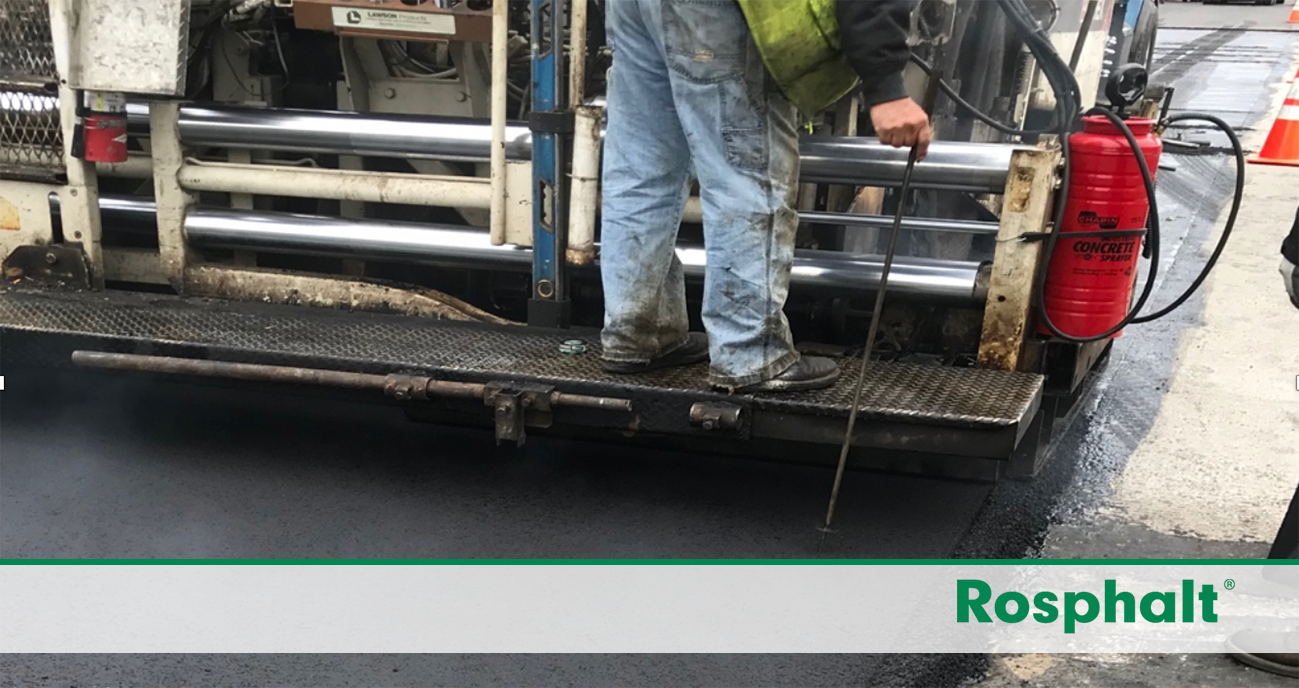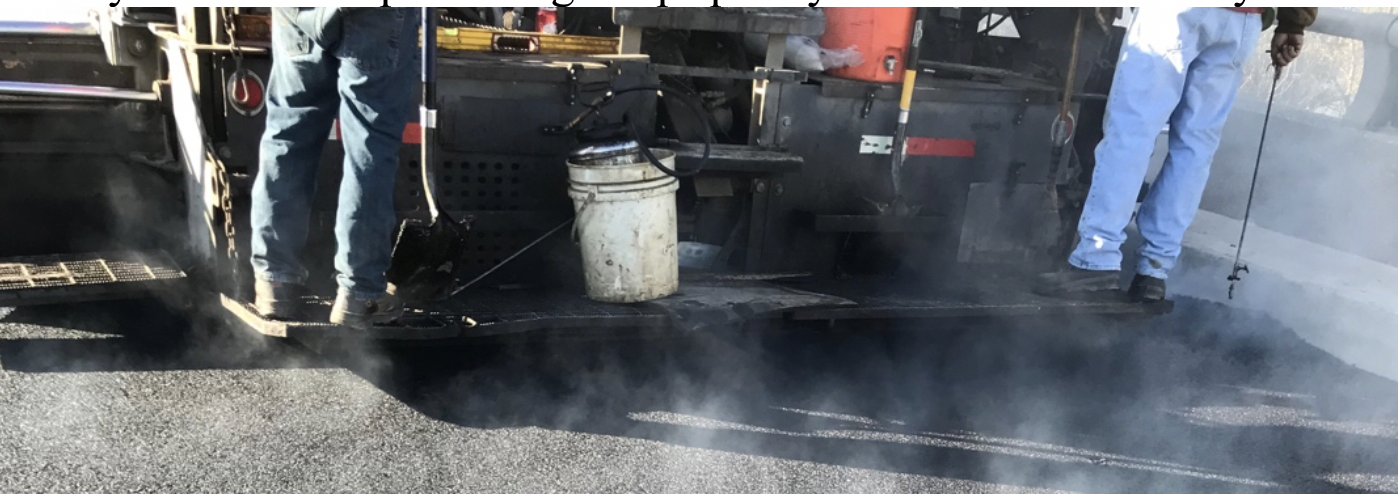One of the critical elements in a successful paving project is the asphalt mix design. Another term...
How to Produce a Top-Quality & Durable Asphalt Overlay
 Many factors come into play regarding the performance of asphalt mixes. Characteristics such as aggregate size, gradation, angularity, absorption and asphalt content are all very important when selecting an asphalt mix which provides desired performance and longevity of the roadway.
Many factors come into play regarding the performance of asphalt mixes. Characteristics such as aggregate size, gradation, angularity, absorption and asphalt content are all very important when selecting an asphalt mix which provides desired performance and longevity of the roadway.
Lift thickness, or depth at which a selected asphalt overlay is placed, is critical to achieving a properly compacted road surface. The thickness of the mix is essential to achieve compaction, and ultimately density of the overlay. Attaining specified compaction density is crucial to producing a top-quality and a durable overlay.

Image: Operator at the right side of the photo is using a dipstick to measure asphalt mat thickness
Determining the pavement layer’s thickness
Gradation and aggregate sizes are key factors when determining the thickness of a layer of pavement. Standard sieve sizes are used to separate aggregate stockpiles for classification purposes. These sieve sizes are also used to reconstitute the aggregate into a final mixture that will yield certain characteristics, giving the final asphalt mix certain properties in the field. According to Asphalt Institute’s MS-2 manual for Asphalt Mix Design Methods(for coarse-graded mixes), the lift thickness should be four (4) times the size of the Nominal Maximum Aggregate Size or NMAS. The NMAS is defined as one sieve size larger than the first sieve to retain more than 10% of the material.
Knowing the NMAS of the asphalt mix is vital when placing and compacting the material on the road. With a 9.5mm mix, the asphalt mat should be placed at 38mm or 2”. This depth should be constantly monitored by the paving crew to ensure uniform placement of the overlay. In doing so, the compaction efforts of the roller operators will be easier and compaction densities should be easily achieved. This assumes that all other volumetric properties of the mix are within the parameters and specifications established by the mix design and confirmed by the QC lab.
Related article: Elements of a Job Mix Formula
Elements of a Job Mix Formula
— Chase Corporation (@Chase_Corp) March 11, 2019
👉https://t.co/m4EZEQvDTa#Bridge #Highway pic.twitter.com/A9XUKZT1gM
Too thick or too thin: Find the right density
If the asphalt mat is placed too thin or too thick, it may be more difficult to achieve the required compaction densities If the thickness is too thin, the rollers can potentially break or fracture stone resulting in exposed faces of aggregate that are not coated with liquid asphalt. If the mat is too thick, it will be difficult to achieve compaction density because the excess material prohibits the interlocking of coated aggregate particles in a manner that establishes a good structural integrity of the mat. The mat will tend to push and shove in front of the roller, and density will be exceedingly difficult to achieve.
When care is taken to ensure proper lift thicknesses, coated aggregates can be manipulated by the rollers and moved into interlocking positions which provide excellent structural integrity, resulting in strong and stable pavements. This, along with proper compaction specifications and a solid mix design, will result in durable pavements with minimal maintenance costs.
Chase Construction Product’s asphalt additives (Rosphalt® R50 and Rosphalt® LT) create a 1-step waterproofing and wear protection course for bridges, roadways, tunnels, parking decks, ports, terminals and other high traffic loading areas. The dry powder additive is combined in an asphalt plant with heated aggregate and liquid asphalt. The result is a highly modified mixture that exhibits elastomeric properties based on the thermoplastic nature of the polymer additive. Chase also offers a solvent based tack coat and sealer material as accessory products to complete the waterproofing solution.
If you need more information, don’t hesitate in contacting us.




%20utilizing%20Chase%20Corporation%20thermoplastic%20polymer%20in%20asphalt%20mix.jpg?height=200&name=Photo%20of%20Mario%20Cuomo%20Bridge%20(NY)%20utilizing%20Chase%20Corporation%20thermoplastic%20polymer%20in%20asphalt%20mix.jpg)
